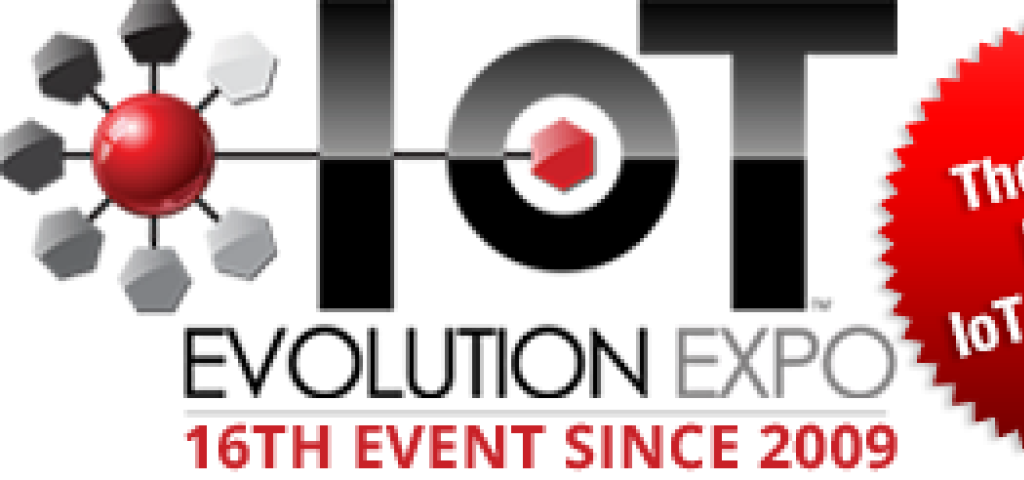
Insights from IoT Evolution

I returned from IoT Evolution West in Las Vegas last week. While we’ve participated in the show for a few years now, the IoT themes here and at other leading IoT events haven’t evolved very much. We’ve been talking about many of the themes – from analytics and predictive maintenance to the potential opportunity available within manufacturing and other IoT early adopters for some time now. I’m happy to see, however, that a few important themes near and dear to Wind River, such as remote monitoring and device management, are getting much greater attention now as we try to balance access to systems with the need for security and management policies to be enacted and enforced.
Conversations around security and connecting brownfield devices are pervasive themes, as well as not designing yourself into a corner by locking in a vendor or product that could become outdated.
This year’s theme, Business Transformation Through the Internet of Things, shifted the conversations from the more technology heavy discussions to discussions on the business impact of IoT. The question of ‘what data do we collect and what do we do with it once we have it?’ came up often. When we talk about IoT as a tool capable of transforming business, understanding the value in connectivity (what’s the business problem we are trying to solve?) is paramount. Without a business case, coupled with the ‘if it ain’t broken, don’t fix it’ cultural mentality, IOT solutions can quickly lose steam. By involving the right stakeholders, like business unit leaders and service organizations, you can refocus the conversation on things that are impacting the business. As pain points are identified, the right use cases and business cases emerge, resulting in the opportunity to connect the dots to what data we need to collect and why.
Once the dots are connected, incremental changes to monitoring and instrumenting can better identify known contributors to downtime, and help us truly transform business with IoT.

